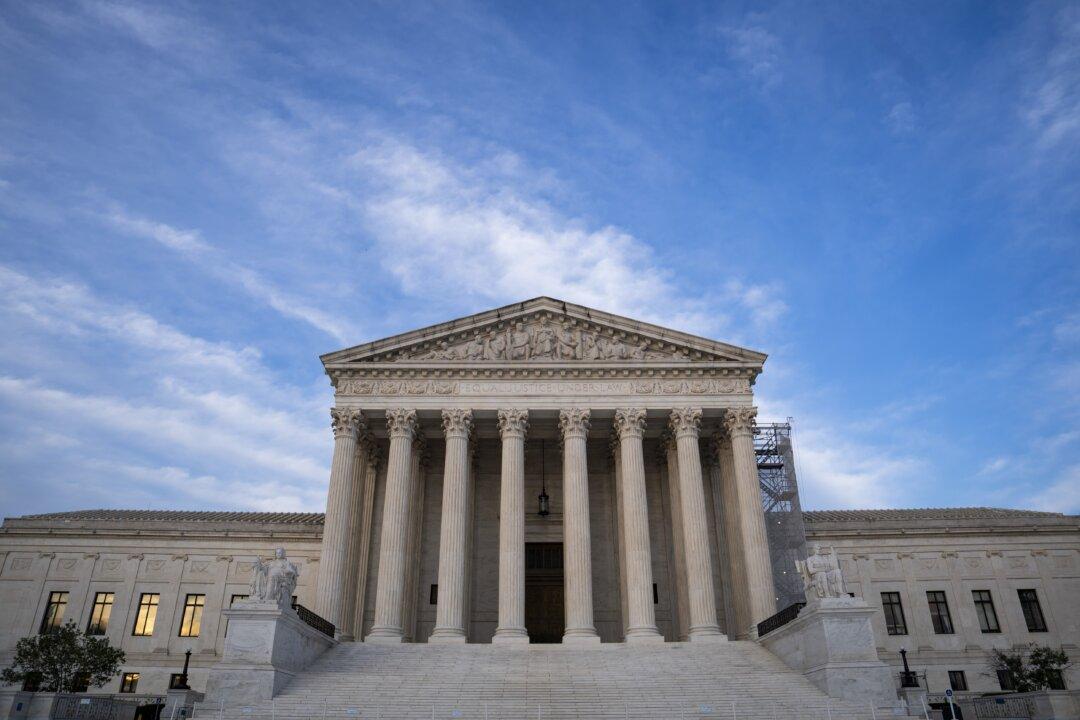Commentary
Everyone knows the energy sector is changing in the United States. Some of the changes are obvious. Giant windmills are an accepted part of the landscape, as are solar farms covering acres upon acres. But there’s another side to this so-called energy revolution. It’s a darker side, one that rarely gets talked about. For you see, not every shade of green is as bright as people think.





